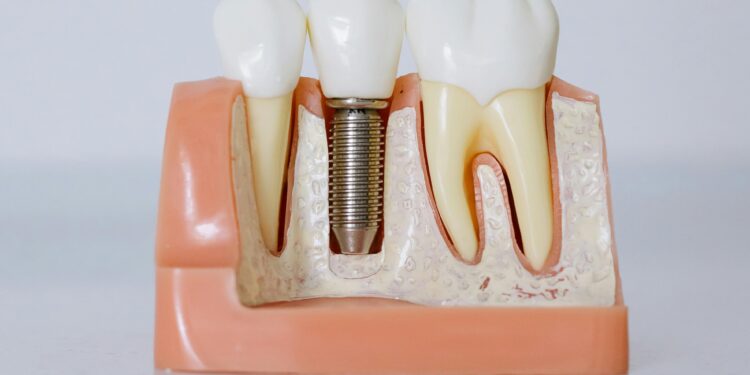Regardless of their efforts, some people have yellow and sometimes translucent teeth. This is not usually caused by a lack of appropriate dental hygiene. Yellowish teeth are a result of a yellow tint on the teeth that develops over time. This is where you can claim a person lacks proper dental hygiene, or it might be because they smoke, are older, have genetics, or have consumed teeth-staining beverages.
Sometimes, people with yellow teeth also have transparent teeth. This basically means that their teeth have a semi-transparent look, especially near the edges. In this scenario, the enamel, the outermost protective coating of the teeth, is thin or worn away.
The inner layer of the teeth, known as dentin, is normally yellowish in color, thus when the enamel thins and wears, the dentin becomes more visible, giving the teeth a translucent appearance. Common causes of transparent teeth include enamel hypoplasia, celiac disease, and acid erosion. In this post, we will discuss how to deal with yellowish and translucent teeth.

Strategies to Improve Your Teeth Appearance
Oral hygiene upgrade
If you’ve ever had yellowish teeth, the first thing that springs to mind is whether you’re brushing them thoroughly enough. If you’re used to brushing your teeth once a day, try brushing twice a day. Use fluoride toothpaste and brush each part of your teeth for around two minutes.
Always floss your teeth. Toothbrushes are excellent for cleaning the teeth’s surface and corners, however they cannot reach some areas. Food particles can cluster around the gums of your teeth, providing an ideal environment for germs to flourish. That’s where flossing comes in: it gets into hard-to-reach places and removes food particles. You can floss at least once every day, preferably at night.
Furthermore, some people are afraid of the dentist and do not go in for a checkup, even if they are aware that something is amiss with their teeth. It is important to see a dentist at least twice a year for cleanings and evaluations.
Underlying causes
Some external factors can cause your teeth to appear yellowish, therefore you need to take care of them before things improve. Reduce your intake of coffee, red wine, tea, turmeric-infused beverages, and dark berries. You can take them with a straw, but if you don’t have one, rinse your mouth or brush your teeth afterward.
Moreover, it is no secret that smoking can stain teeth, therefore regular smoking can lead to stained teeth over time. Lastly, if you have transparent teeth, you need to consult your dentist about a suitable treatment strategy.
What Can You Use To Treat Yellow Teeth?
There are two options with sub options for treating yellowish teeth. These options include: over-the-counter medications and expert treatment plans.
Over-the-counter medications
Whitening toothpaste: This method has a weak impact and is not suggested for severe stains, and the results may take longer to appear. The toothpaste contains moderate abrasives and chemical ingredients that aid in the removal of surface stains. The only benefits of this therapy procedure are that it is easily accessible, cost-effective, and can be part of daily oral hygiene.
Whitening strips: A whitening strip is a thin, flexible strip coated with peroxide-based gel that you apply to your teeth for a specific period of time. The effect of whitening strips are moderate and can produce brief dental sensitivity; nevertheless, its effects may differ from person to person. This approach is more effective than toothpaste and easier to use at home.
Professional Whitening Treatments
In-Office bleaching: In this method, a dentist applies a high concentration of peroxide gel to the teeth, which is then activated with a special light. The treatment normally lasts around an hour and may include many gel applications.
This particular one is more expensive, and you may need to go in for numerous sessions before seeing the results you want. However, the results are more satisfactory than previous methods.
Take-home whitening kits: These are custom-fitted trays loaded with professional-grade whitening gel that may be worn at home for a set period of time. However, this procedure requires multiple applications over time, which can be pricey.
Conclusion
Even with proper dental maintenance, yellow and transparent teeth can be annoying. In contrast to translucent teeth, which show yellowish dentin below due to enamel erosion, yellow teeth are frequently caused by aging, smoking, genetics, or use of specific foods and beverages.
If you’re experiencing similar problems, there are things you can do to help improve the state of your teeth. You can spend roughly two minutes brushing each tooth section twice a day using fluoride toothpaste. It can also be helpful to cut back on stains in food and drink and give up smoking.
For small to moderate results, you can use whitening toothpaste and strips as a treatment. Next, professional procedures like in-office bleaching and take-home whitening kits provide more noticeable but more expensive solutions for severe tooth discolorations.














